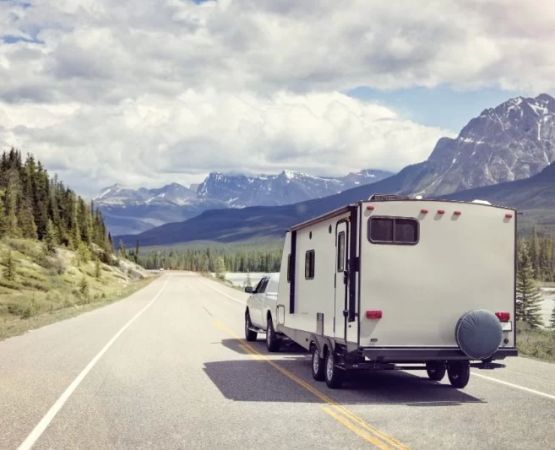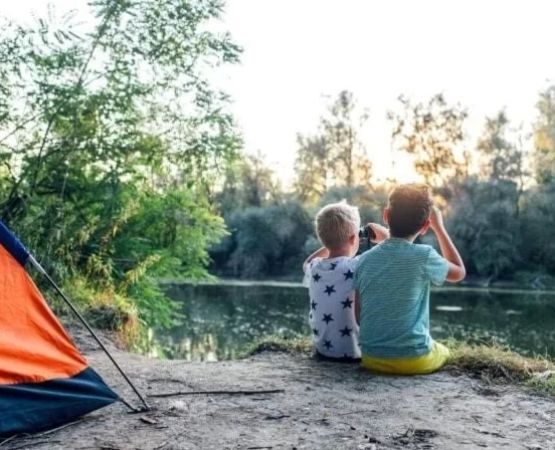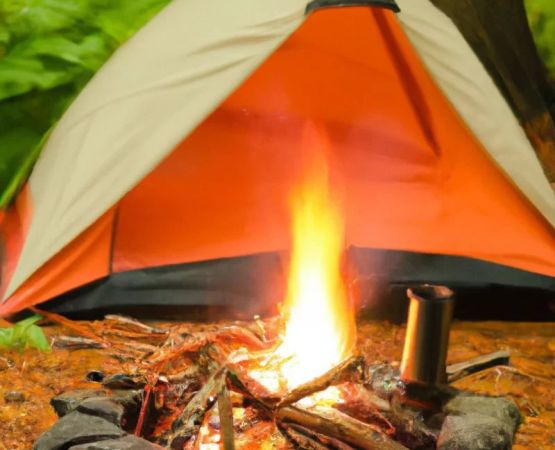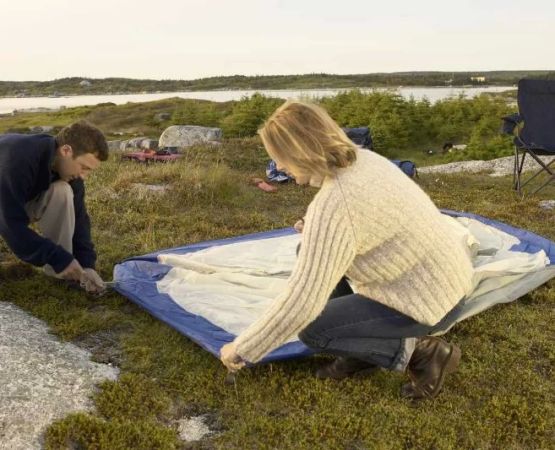How to Stay Hydrated While Camping in the Wild
When you're out in the wild camping, the last thing you want is to become dehydrated. Staying hydrated while camping is essential, not just for comfort, but for your health and safety. Dehydration can occur quickly, especially in hot weather or during physical activity like hiking. Knowing how to stay hydrated while camping can make all the difference in having an enjoyable trip versus a miserable one.
Whether you’re planning a weekend getaway in the mountains, an extended backpacking trip, or a family camping excursion in the forest, hydration is key. There’s no one-size-fits-all answer to staying hydrated, but with the right tools, knowledge, and preparation, you can ensure that you stay well-hydrated throughout your outdoor adventure. Below are several tips and strategies that will help you maintain hydration while enjoying the great outdoors.
- Understand Your Hydration Needs
- Pack Sufficient Water for Your Trip
- Carry a Water Filter or Purification System
- Drink Water Regularly, Not Just When Thirsty
- Hydrating Foods to Include in Your Camping Menu
- Recognizing Signs of Dehydration
1. Understand Your Hydration Needs
Before setting out for your camping trip, it's important to understand how much water you’ll need. Your hydration needs depend on various factors, including the weather conditions, the altitude, and how active you will be. For example, if you’re hiking in a hot, dry environment, you will need more water than if you're camping in cooler temperatures.
The average person needs about 2-3 liters of water per day. However, during outdoor activities like hiking, climbing, or fishing, your water consumption will likely increase. If you’re in a high-altitude area, the dry air can also increase your body’s water loss. Always prepare to drink more than you think you’ll need and ensure you have access to water throughout the day.
2. Pack Sufficient Water for Your Trip
When planning your trip, make sure to pack enough water for the entire duration. It’s always better to have extra water than risk running out. For shorter trips, this could mean carrying large water bottles or hydration packs. For longer trips, you may want to consider carrying collapsible water containers, which allow you to carry large amounts of water without taking up too much space.
If you're camping in an area where water sources are scarce or unreliable, it’s essential to plan ahead. Knowing where you can refill your water supply or access fresh water is crucial. Always be sure to have more water than you expect to need and plan your routes to include water sources whenever possible.
3. Carry a Water Filter or Purification System
If you’re venturing into areas where natural water sources are available, it's wise to carry a water filter or purification system. This allows you to replenish your water supply directly from rivers, streams, or lakes. A portable water filter or purification tablet will help ensure that the water you drink is safe, even from natural sources.
There are many options available, from lightweight water filters that can purify water on the go, to chemical purification tablets that can be dropped into your water source. Ensure that the device you choose is effective for removing harmful bacteria and parasites commonly found in outdoor water sources.
4. Drink Water Regularly, Not Just When Thirsty
One of the biggest mistakes people make while camping is waiting until they are thirsty to drink. By the time you feel thirsty, your body has already started to become dehydrated. To prevent dehydration, aim to drink small sips of water regularly throughout the day, even if you don't feel thirsty.
Set reminders to drink, or bring a reusable water bottle with you at all times. Keeping it handy makes it easier to stay on top of your hydration. Drinking regularly helps to maintain a consistent level of hydration and prevents fatigue, headaches, and other dehydration symptoms.
5. Hydrating Foods to Include in Your Camping Menu
In addition to drinking water, consuming foods that are high in water content can help you stay hydrated while camping. Fruits like watermelon, oranges, and strawberries are perfect for replenishing fluids. Vegetables like cucumbers, celery, and tomatoes also contain a high amount of water and make for great additions to your camping meals.
Include hydrating snacks such as yogurt, smoothies, or soups in your camping meals to boost your hydration levels. These foods not only help replenish fluids but also provide important nutrients to keep you energized throughout the day.
6. Recognizing Signs of Dehydration
Being able to recognize the signs of dehydration is essential while camping. Symptoms of dehydration can include dry mouth, dark yellow urine, fatigue, dizziness, and headache. If you or someone in your group is showing these symptoms, it’s important to stop and hydrate immediately.
If dehydration persists, it can lead to more severe symptoms like confusion, rapid heartbeat, and even heat stroke. To avoid this, always keep an eye out for these early signs and drink more water as soon as you notice any symptoms.
With these tips, staying hydrated while camping in the wild can be easy and enjoyable. By understanding your hydration needs, packing sufficient water, and drinking regularly, you can ensure that your camping trip is a success. Remember to always prioritize hydration, as it’s crucial to maintaining your health and well-being in the outdoors.
Want to explore more about camping essentials and the best places to stay? Visit Pine Cliff Resort for more information on ideal camping spots and activities to enhance your adventure.






